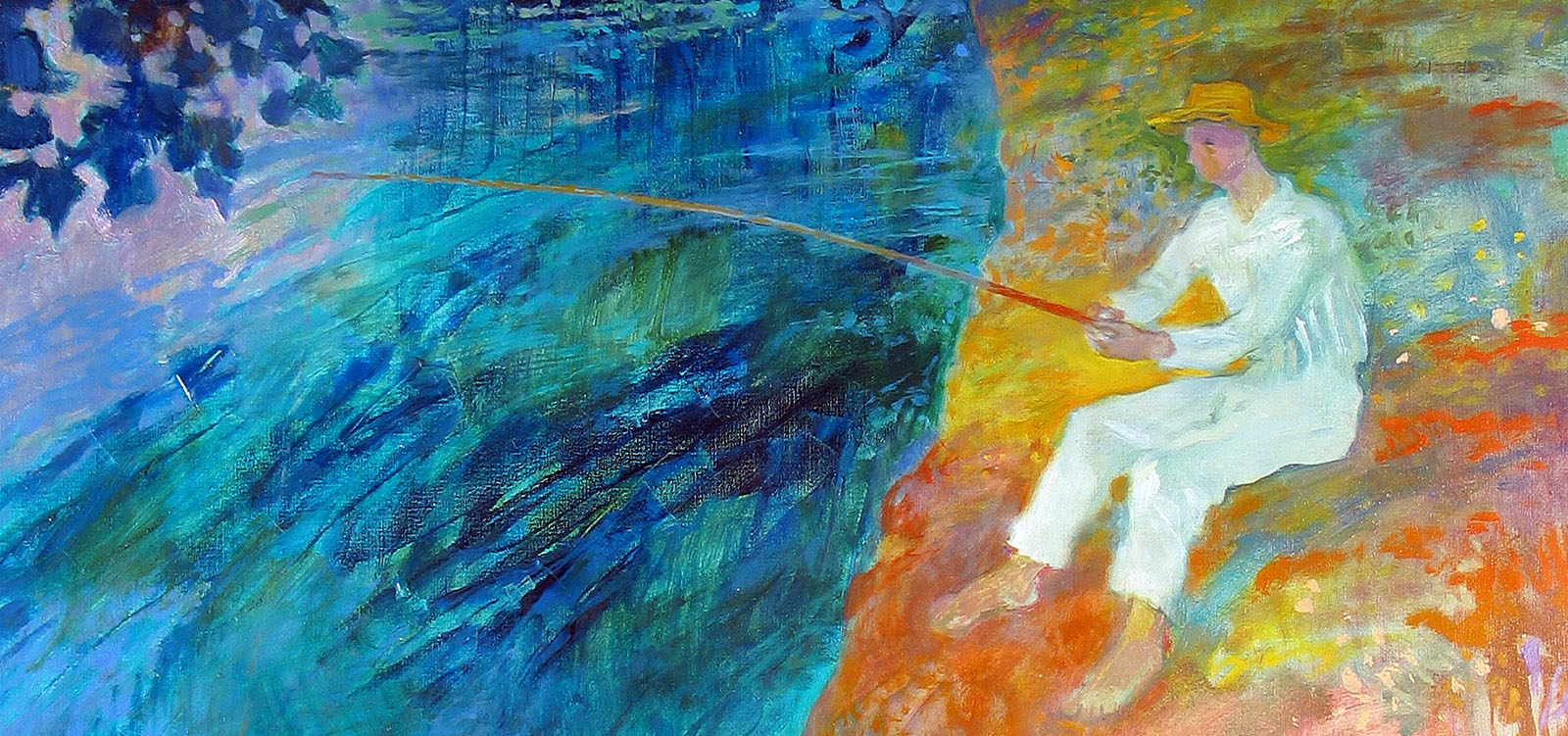
Investing in Art - The Art of Investing
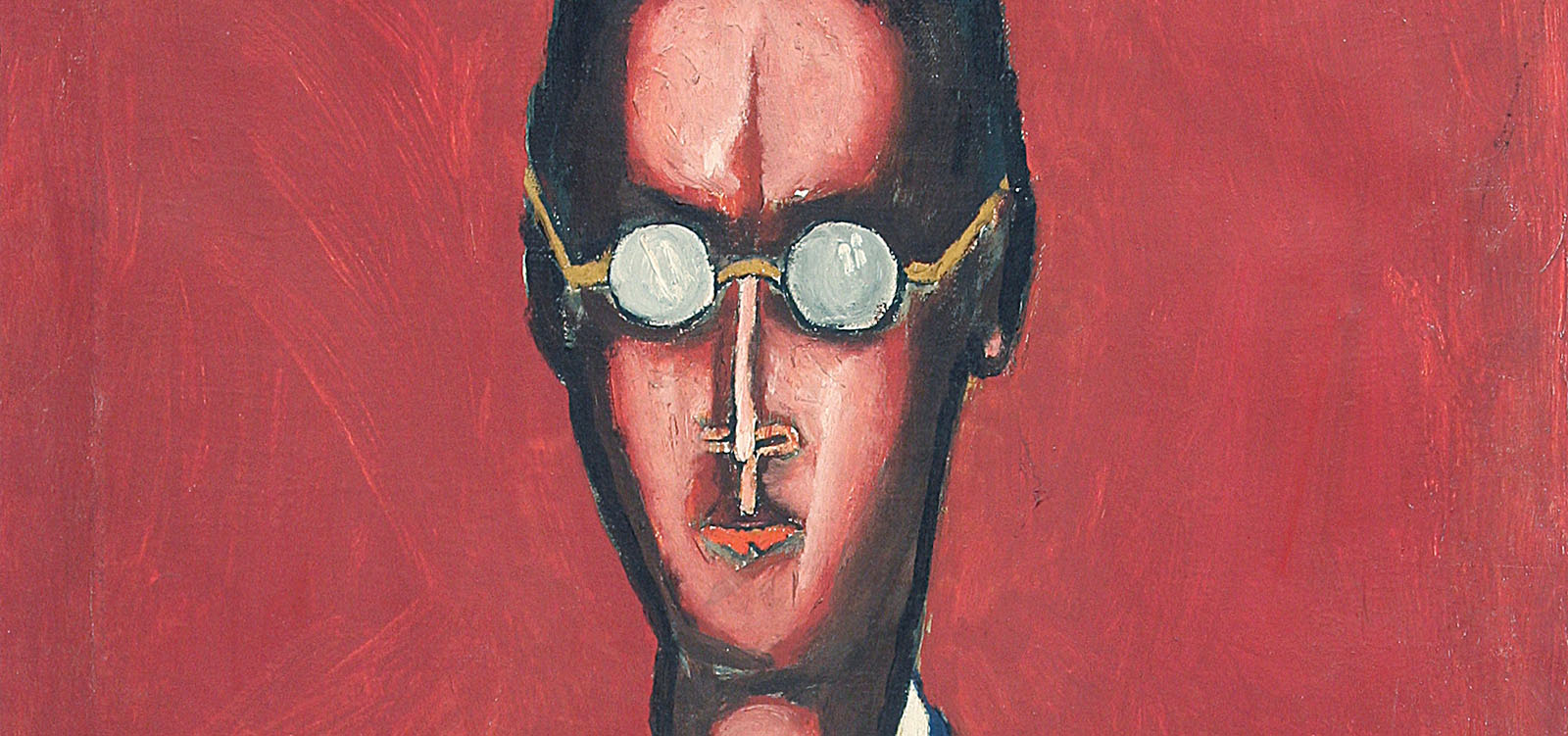
We create art collections
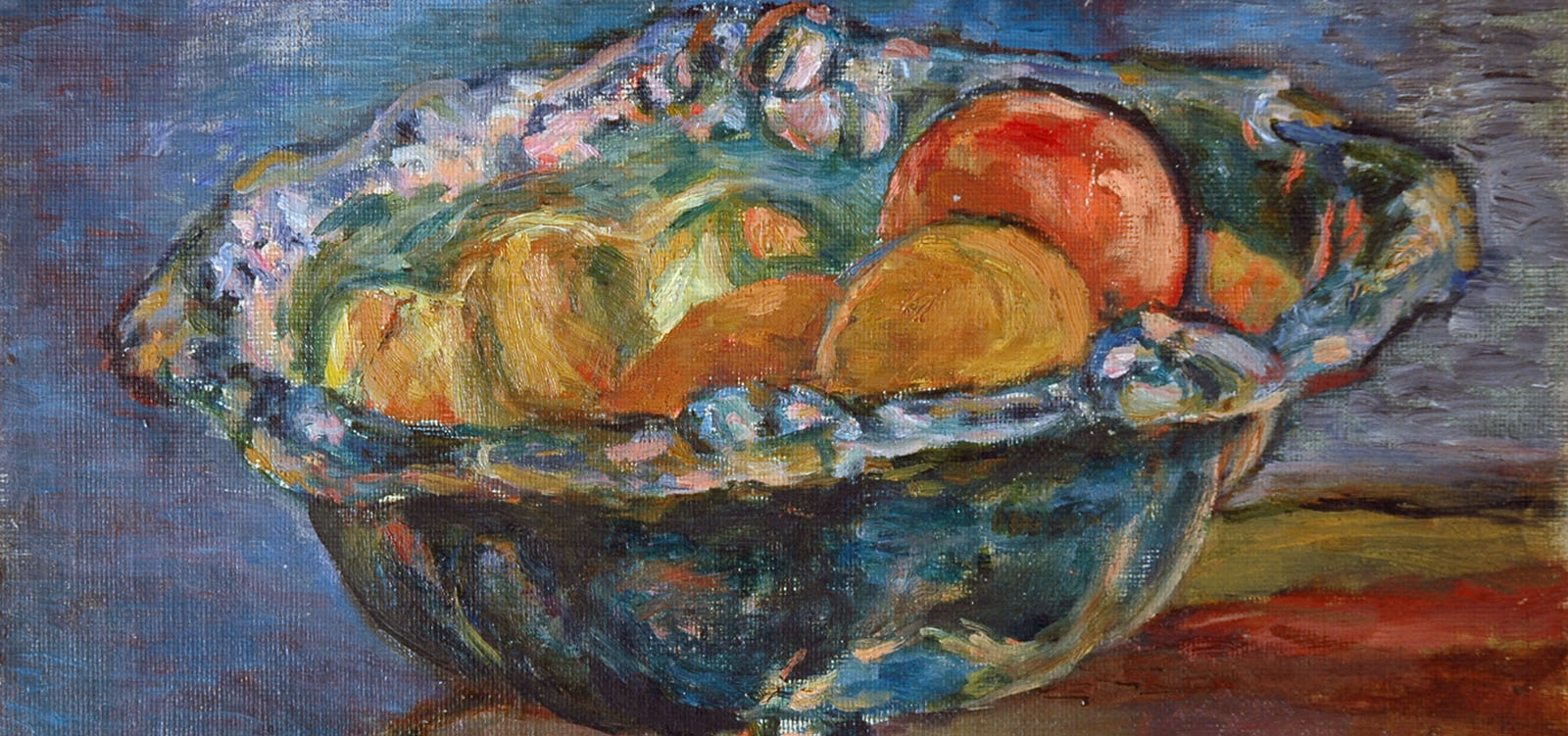
Art Consulting
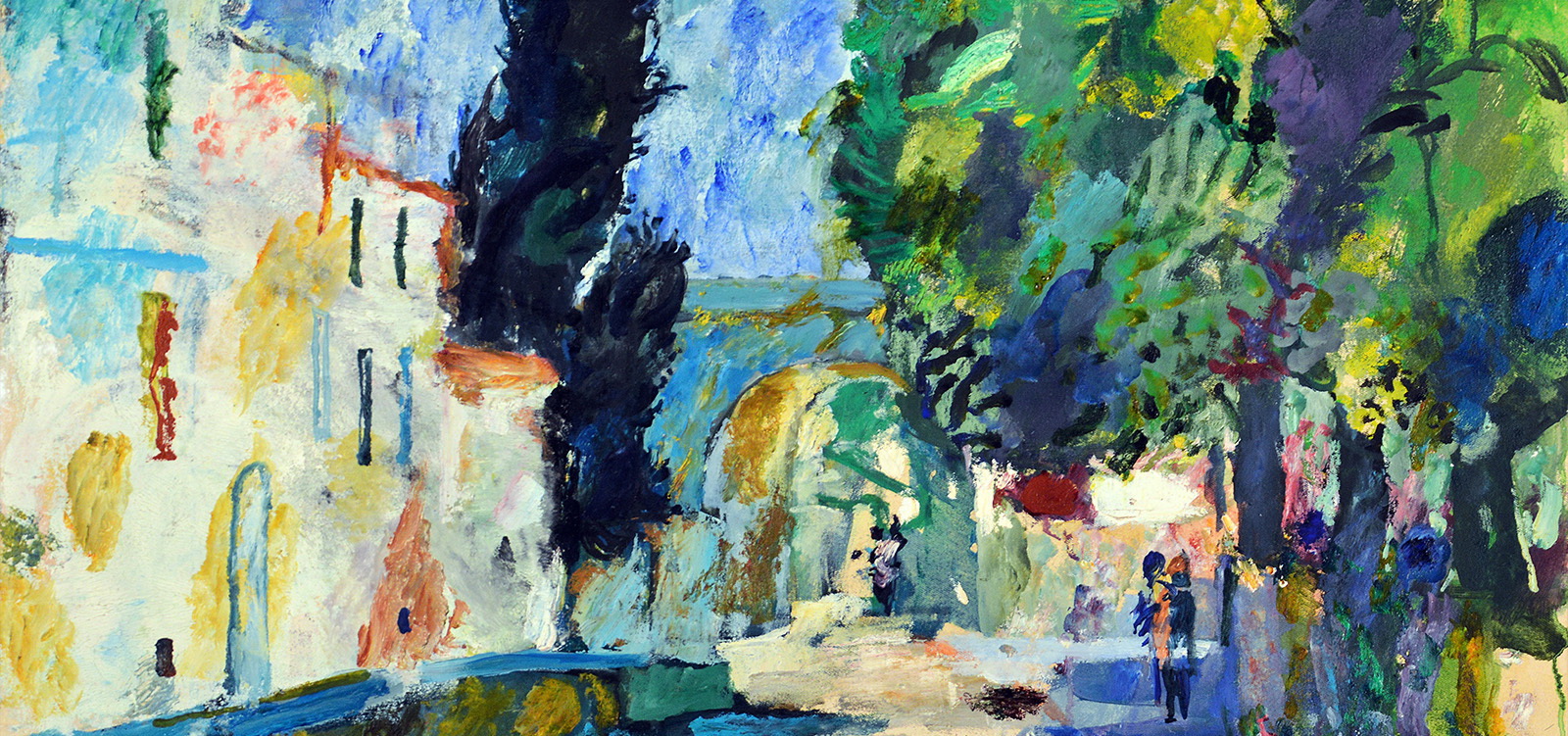
Arranging art collections
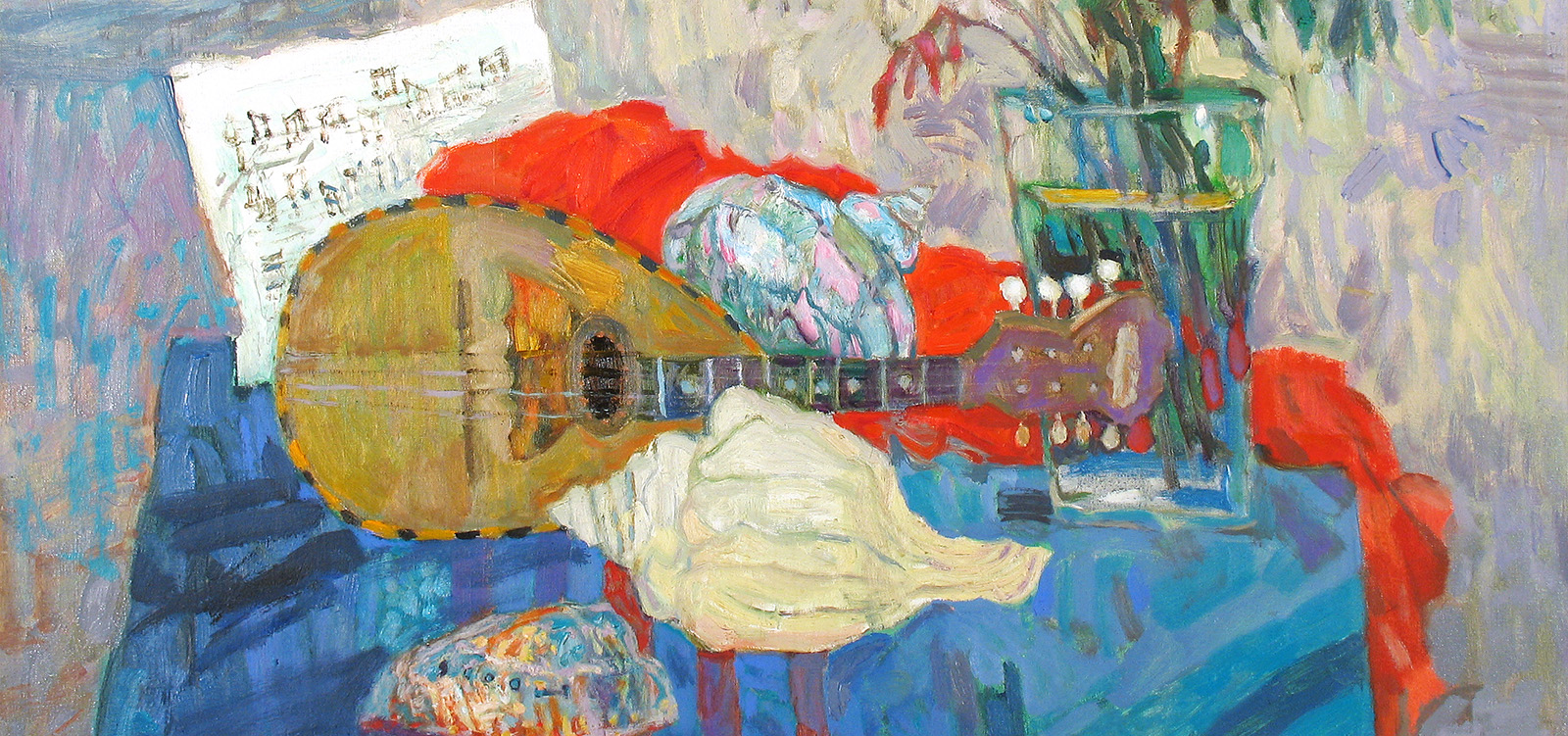
Cataloguing collections of works of art
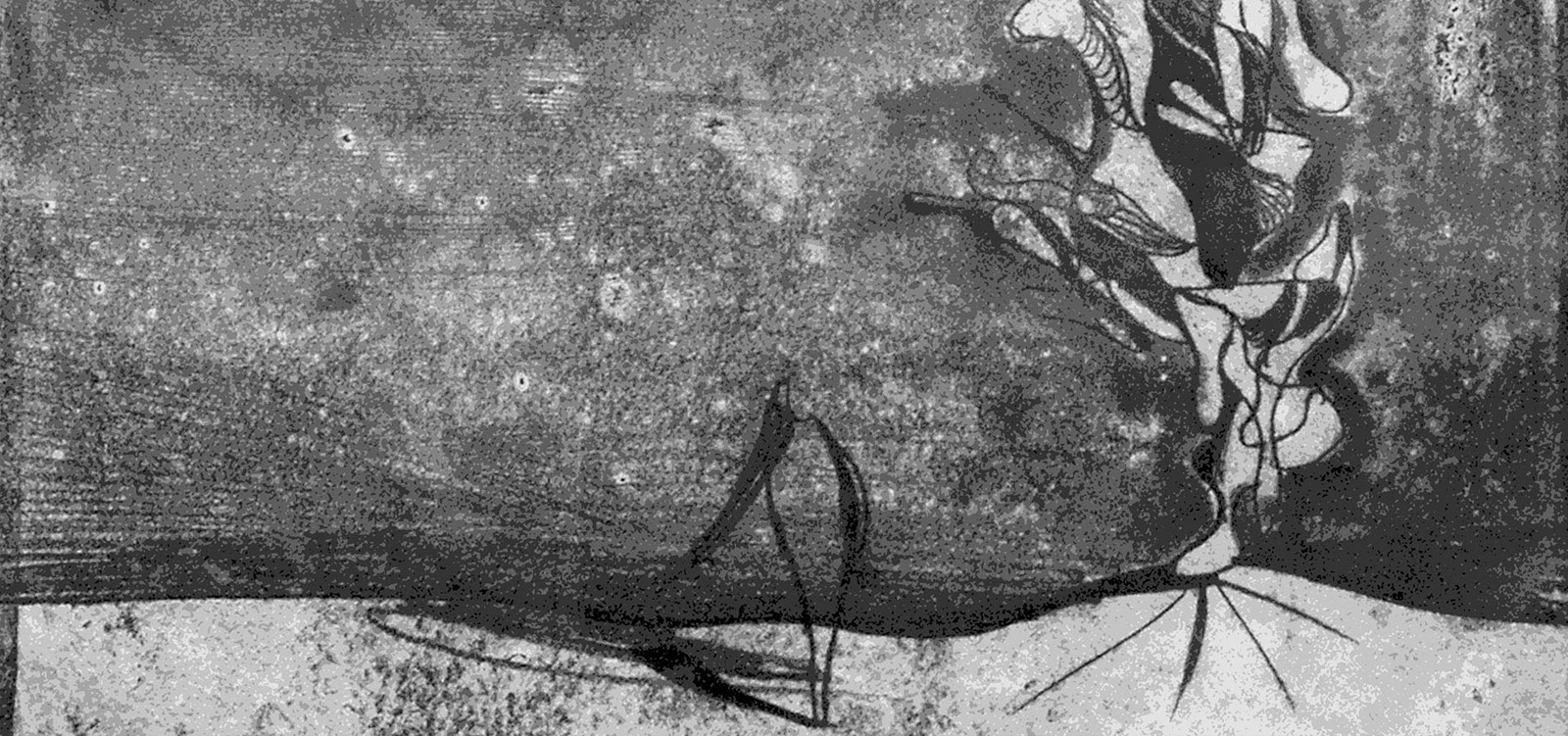
Consevation of works of art
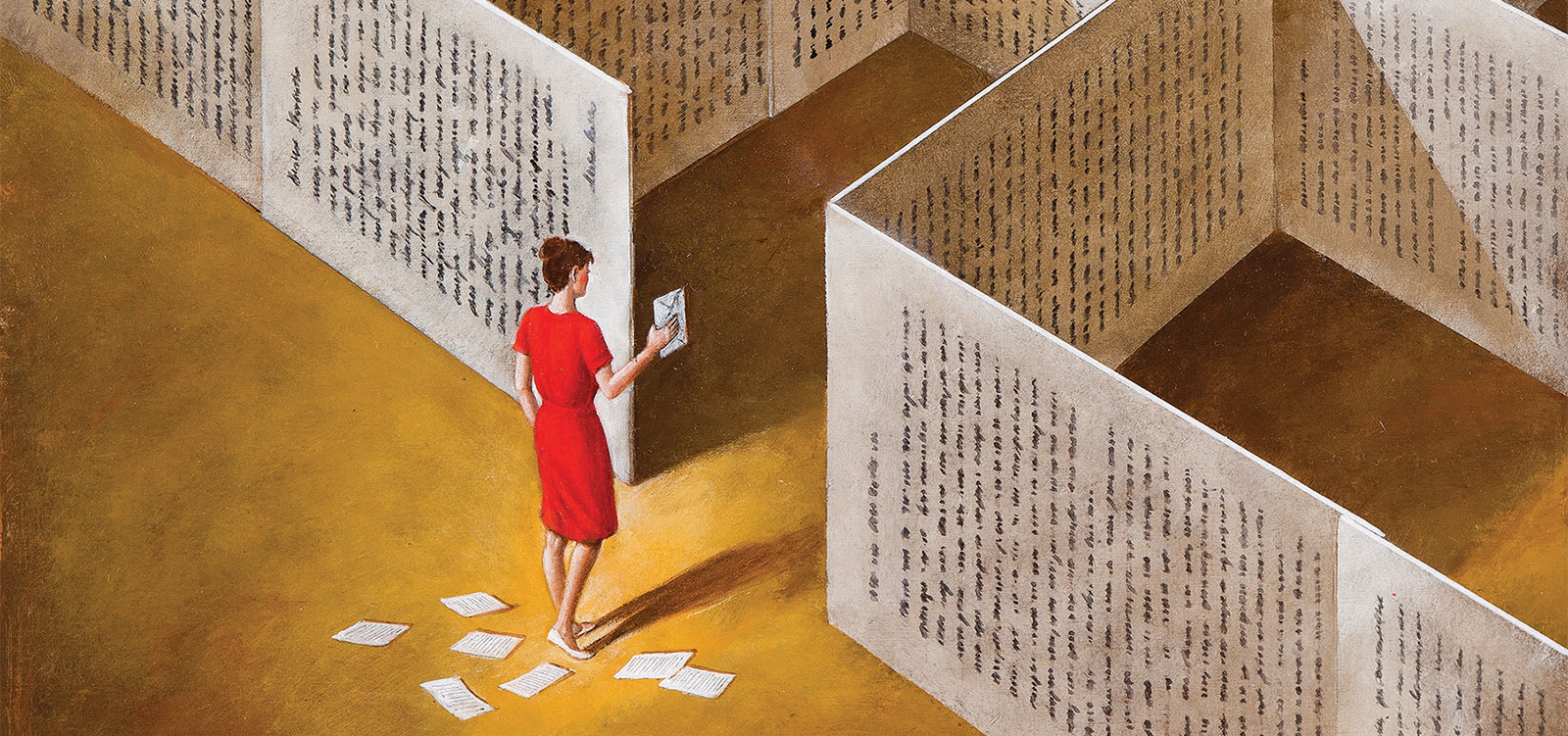
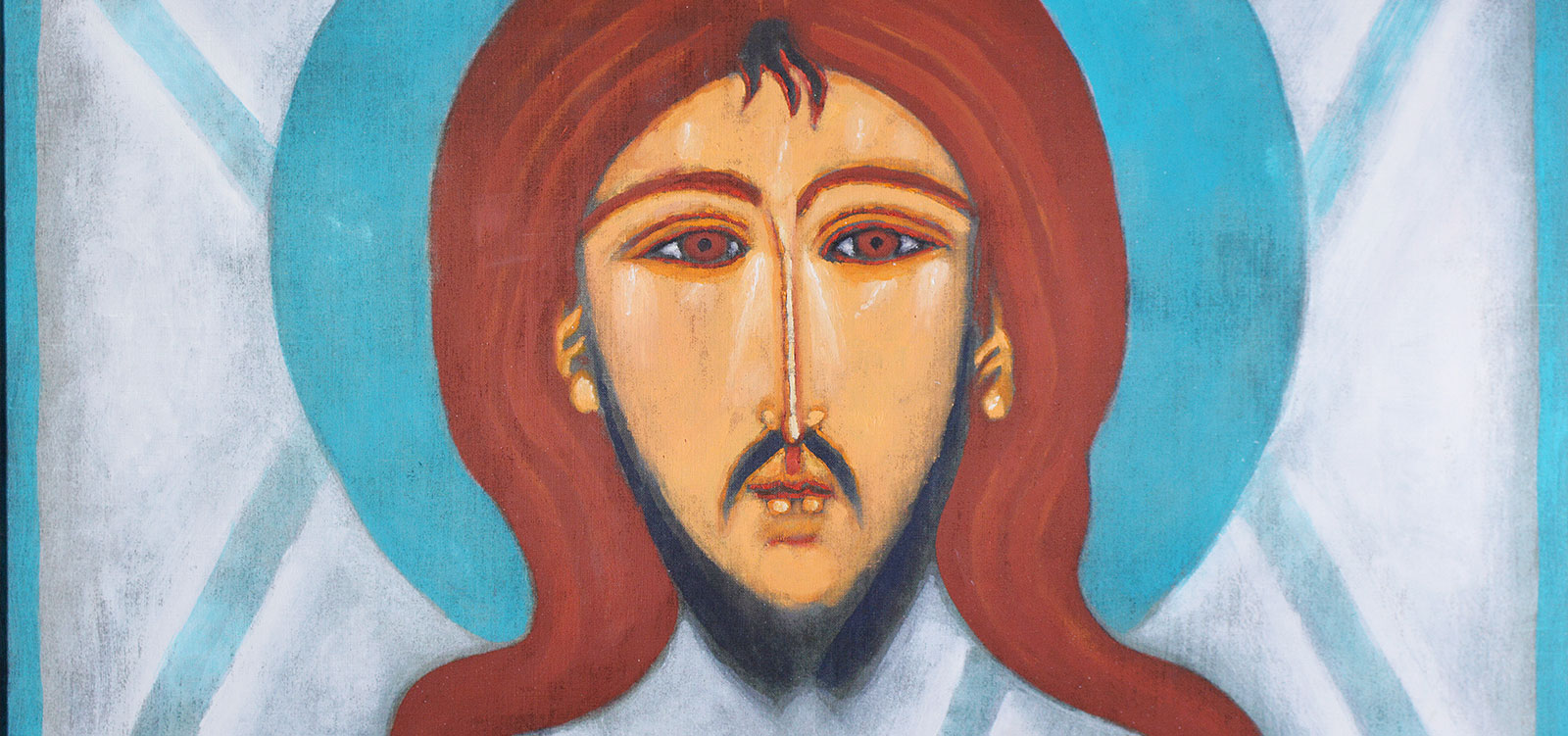
Paweł Erazmus completed his studies at the Department of Sculpture at the Academy of Fine Arts in Cracow with a very good result, which was certified by his title of Master of Fine Arts and Diploma bearing signatures of Prof. Jerzy Nowakowski, Dean of the Department of Sculpture and Prof. Włodzimierz Kunz, Rector of the Academy of Fine Arts at that time. He was born in the family of the intelligentsia in 1969 in Stalowa Wola, known as a centre of the Central Industrial Area in the interwar period. When he came to Cracow he was very young and very shy in spite of his looks of a film star. In the years 1989–1994 he was a student of one of the most outstanding Polish sculptors – an author of monumental sculptures, Prof. Marian Konieczny. Erazmus’s talent, though, had manifested itself years before he entered the Professor’s studio in Cracow – the city which is recognized as the “Mecca of Polish artists”. He was only a few years old when he could create in plasticine fairy-like creatures and surprising images of the surrounding world, seen from the “frog perspective”, in very sculpture-like forms.
He began to present his works to the public in 1991, still as a student at the Academy, from 1991. In the beginning these were exhibitions in Cracow, but later, within the framework of group exhibitions of students of the Academy of Fine Arts, in such German cities as Düsseldorf and Krefeld in 1992, and in Maastricht (Holland) and Solingen (Germany) in 1993. His unique, immaculate, poetic, and small-sized sculptures made of bronze, generated a lot of interest both among the critics and in the common audience.
In 1994 at the Pałac Sztuki (Palace of Art) of the Society of the Friends of Fine Arts (TPSP) in Cracow, in the post-diploma exhibition of “young graduates” of the Academy of Fine Arts, I noticed a small collection of Paweł Erazmus’s works among a large number of excellent sculptures of his fellow-graduates. I must admit that I was greatly impressed and truly enchanted by them. I kept returning to take another and still another look at them a number of times. A few days later I met Paweł Erazmus in person. At the time he was struggling to win independence, recognition as an artist and renown in Cracow.
Our meeting, on the one hand, marked the beginning of my discreet observation of his artistic growth, and on the other, a systematic enlargement of my own collection of his sculptures in which the one called An Archer was the first.
In the period from 1995 to 1998 the artist showed his little sculptures (rzeźbki), as he used to call them, in different galleries including: the salon of ROVER of the Misiaks in Cracow in 1996 (it was a common idea of Wojciech Taczanowski, President of the Jagiellonia Publishing House and myself to organize an exhibition entitled The 1994 and 1995 Diplomas at an auto salon), the Pałac Sztuki (Palace of Art) of the Society of the Friends of Fine Arts in 1996, the “Pod Złotym Lewkiem” Gallery of the Góreckis in Szewska Street in Cracow, in Copenhagen in 1997, and the “Labirynt” Gallery in Floriańska Street in Cracow in 1999, which was his first individual exhibition.
In 1994, as the President of the Nowodworski Tennis Club at the Secondary School No 1 in Cracow, I turned to Peweł Erazmus with a request to make a unique statue called A Tennis Player which was intended as prize for the winners of the school tennis competitions, and A Bird-Singer (Ptak-Śpiewak) intended as a prize in the Competition of Foreign Songs at the same school. Work on them rendered an opportunity for me to follow the process of their creation and observe at close distance the artist’s unusual talent and ability to transform his observations of models into sculptures by sifting them through artistic imagination and synthesizing.
Both art critics and journalists unanimously stress in their reviews from seventeen exhibitions in which Paweł Erazmus took place, the easiness with which he refers to history and legends, and his colossal imagination visible in the way he presents people and animals. By exaggerating and deforming the limbs and accentuating expressiveness of faces the artist easily manipulates the viewers’ imagination and underlines the anecdote.
His sculptures which are made in very old wax technique, dating back to the times of ancient Egypt, are unusually precise and private, and they can decorate both palace halls and contemporary apartments.
Paweł Erazmus’s sculptures give their lucky owners and admirers many esthetical thrills and reasons for profound philosophical reflection. His more complicated compositions are puzzling in the formal sense but their meaning is still clear to perceptive viewers.
After seven years of very careful observation of his artistic achievements I decided that the time was ripe to show his sculptures in the Pałac Sztuki (Palace of Art) of the Society of the Friends of Fine Arts in Cracow. An individual exhibition of Paweł Erazmu’s sculptures is ready to be presented in the Wyspiański room in January 2002. The exhibition is accompanied by this album and a film on Erazmus’s work, the first made by the Society in the cycle called “The Pałac Sztuki Gallery of Artists” (director – Stefan Szlachtycz, photography director – Jerzy Drużkowski).
These two publications, synchronized in respect of subject and time, serve the goal of a consistent and complex promotion of Paweł Erazmus’s work, and of excellent Polish art in Poland and abroad, at the same time meeting the challenges and intellectual and technological expectations of the 21st century.
Zbigniew Kazimierz Witek